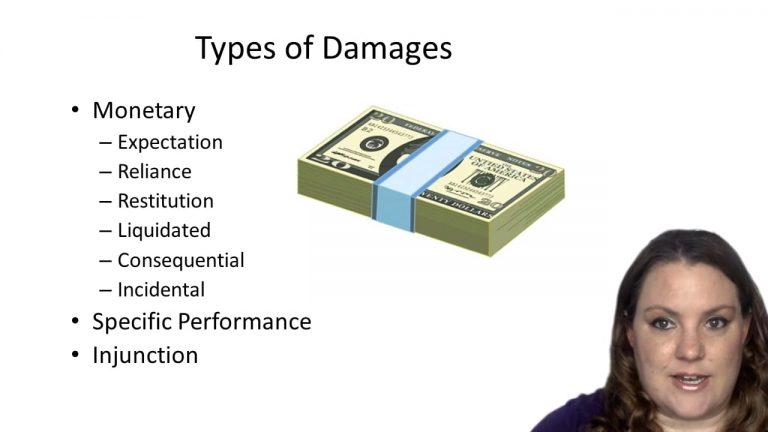SmartBrief
Confirm favorite deletion?
Contracts Keyed to Frier
New Valley Corp. v. United States
Citation:
72 Fed. Cl. 411 (2006)Facts
Plaintiff wanted to launch two communications satellites. Plaintiff contracted with Defendant to launch the satellites. Defendant launched the first satellite. Several months prior to the scheduled launch date for the second satellite, the Space Shuttle Challenger exploded. In response to the explosion, Defendant advised Plaintiff that it had decided to suspend planning for the satellite launch. The government eventually implemented a policy restricting Defendant’s launch services to satellites. Defendant informed Plaintiff that Defendant would not be able to launch Plaintiff’s satellite prior to the expiration of their contract. Plaintiff attempted to find alternative launch options, to no avail. During the same period, Plaintiff faced severe financial difficulty. Plaintiff began selling off assets, including the satellite that was intended to be launched by Defendant for a significant loss. Plaintiff sued Defendant for breach of contract. The parties’ contract limited any award for a breach of contract to direct damages. The trial court dismissed Plaintiff’s claim. The appellate court remanded, holding that Defendant was liable for breach of contract.
On remand, Plaintiff argued that it was ready and able to perform the contract on the day the breach occurred. Defendant argued that the relevant date that should be used to determine Plaintiff’s capacity to perform the contract should be the date of the scheduled launch. Defendant argued that, even absent the breach of contract, Plaintiff’s deteriorating financial condition would have prevented Plaintiff from being able to launch the satellite. Plaintiff argued that Defendant was still liable for the difference between the value of the satellite with Defendant’s contract, and the actual sale price of the satellite. Both parties moved for summary judgment.
Only StudyBuddy Pro offers the complete Case Brief Anatomy*
Access the most important case brief elements for optimal case understanding.
*Case Brief Anatomy includes: Brief Prologue, Complete Case Brief, Brief Epilogue
- The Brief Prologue provides necessary case brief introductory information and includes:
Topic:
Identifies the topic of law and where this case fits within your course outline.Parties:
Identifies the cast of characters involved in the case.Procedural Posture & History:
Shares the case history with how lower courts have ruled on the matter.Case Key Terms, Acts, Doctrines, etc.:
A case specific Legal Term Dictionary.Case Doctrines, Acts, Statutes, Amendments and Treatises:
Identifies and Defines Legal Authority used in this case.
- The Case Brief is the complete case summarized and authored in the traditional Law School I.R.A.C. format. The Pro case brief includes:
Brief Facts:
A Synopsis of the Facts of the case.Rule of Law:
Identifies the Legal Principle the Court used in deciding the case.Facts:
What are the factual circumstances that gave rise to the civil or criminal case? What is the relationship of the Parties that are involved in the case.Issue(s):
Lists the Questions of Law that are raised by the Facts of the case.Holding:
Shares the Court's answer to the legal questions raised in the issue.Concurring / Dissenting Opinions:
Includes valuable concurring or dissenting opinions and their key points.Reasoning and Analysis:
Identifies the chain of argument(s) which led the judges to rule as they did.
- The Brief Prologue closes the case brief with important forward-looking discussion and includes:
Policy:
Identifies the Policy if any that has been established by the case.Court Direction:
Shares where the Court went from here for this case.
Topic Resources
Topic Outline
Topic Refresher Course

 6m 46s
6m 46s